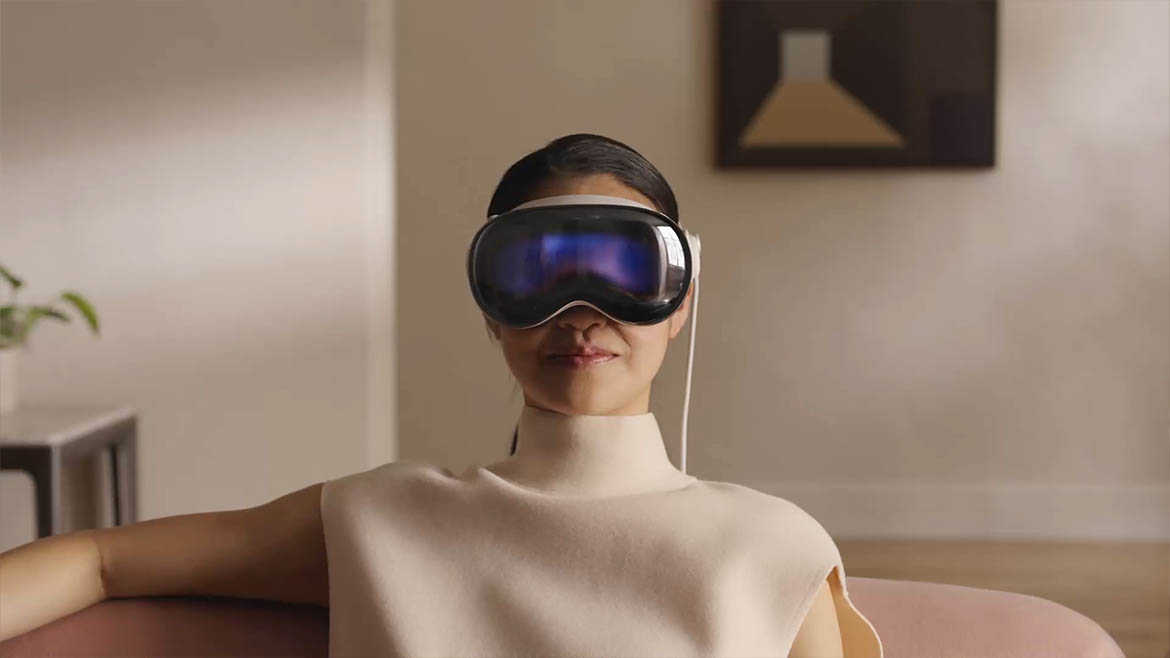ChatGPT will digitally label photographs created by DALL-E 3 to assist in combating disinformation.
In a time when dishonest individuals are utilising generative AI to deceive people or damage their reputation, technology companies are developing techniques to assist consumers in confirming the authenticity of content – starting with still photographs, at least initially. As mentioned in its 2024 plan to address misinformation, OpenAI is now adding provenance metadata to photos created using ChatGPT on the web and DALL-E 3 API. The mobile versions will also receive this update by February 12.
The data complies with the open standards set by the Coalition for Content Provenance and Authenticity (C2PA). By uploading an image to the Content Credentials Verify tool, you may track its lineage of origin. For instance, a ChatGPT-produced image will show a first metadata manifest indicating that it came from the DALL-E 3 API and a second metadata manifest indicating that it appeared in ChatGPT.
Regardless of the advanced cryptographic technology used in the C2PA standard, this verification method only functions provided the information is preserved. The tool is not useful if you submit an AI-generated image without metadata, which is the situation with each screenshot or uploaded image on social media. Not unexpectedly, the current example photos on the official DALL-E 3 page also came back empty. On its FAQ page, OpenAI acknowledges that this is not a perfect solution to combatting the spread of disinformation, but it feels that the important thing is to prompt users to actively search for these indicators.
Although OpenAI’s present focus is on addressing fraudulent content in still images, Google’s DeepMind has already developed SynthID, a tool for digitally watermarking both AI-generated images and music. Meanwhile, Meta has been experimenting with undetectable watermarking using its AI picture generator, which might be less susceptible to tampering.
Stay Updated about the latest technological developments and reviews by following TechTalk, and connect with us on Twitter, Facebook, Google News, and Instagram. For our newest video content, subscribe to our YouTube channel.
Read More: Apple Vision Pro: New Era in Spatial Computing!





